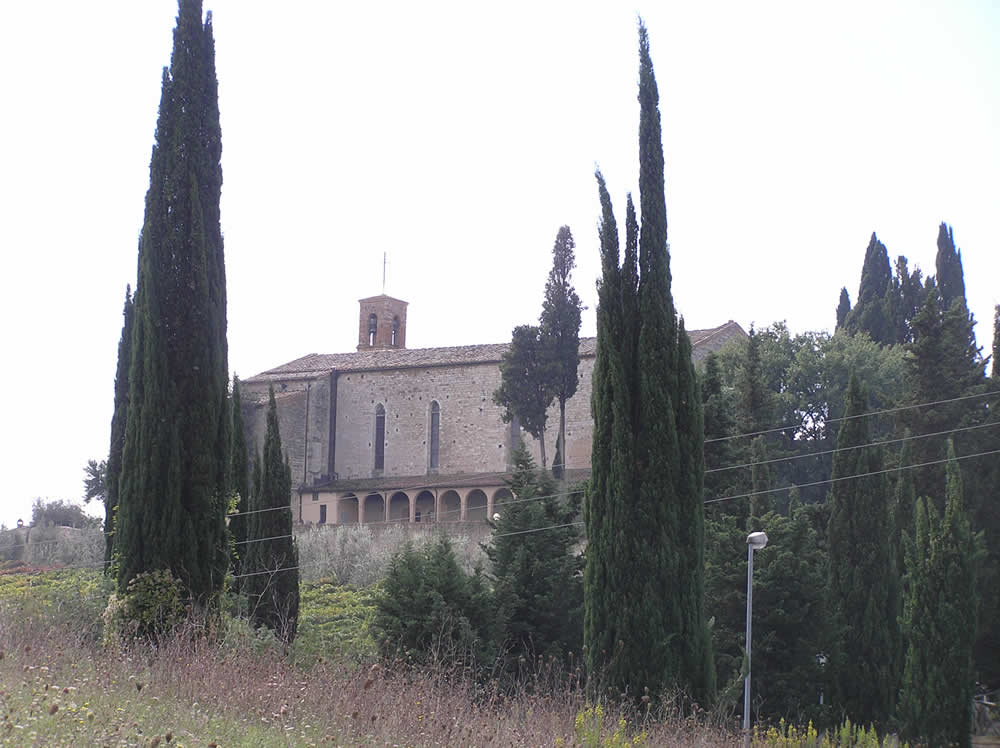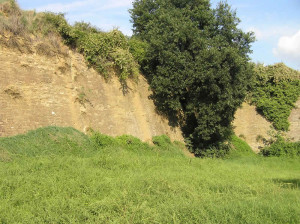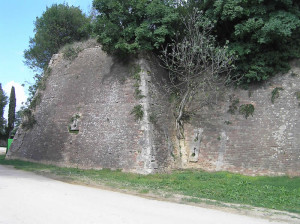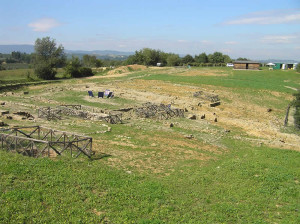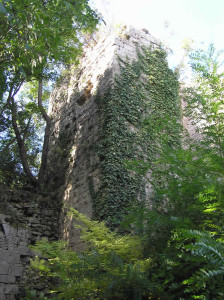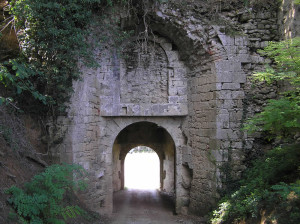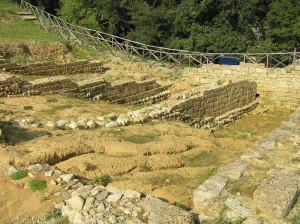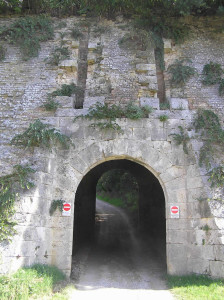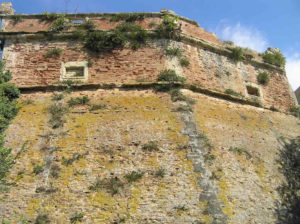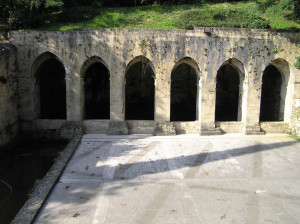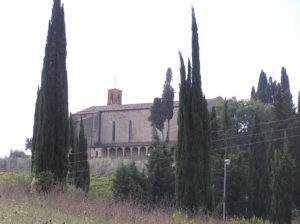Questo articolo è disponibile anche in:
![]() Deutsch
Deutsch ![]() Italiano
Italiano
Poggibonsi (29,000 inhabitants) is an important industrial town of Val d’Elsa, situated at 116 meters above sea level, in the province of Siena, of which is the second largest city by population after the chief town. The area where there is Poggibonsi was inhabited since ancient times, this is shown by the many archaeological finds in the area. Poggibonsi is an industrial city located in the center of Tuscany between Florence (40 km) and Siena (25 km), along the highway Florence-Siena. It ‘a place where it is easy to reach San Gimignano, Certaldo, Chianti, Siena, Volterra and Florence.
HISTORY
Poggibonsi was founded in the Middle Ages on the right bank of the river Elsa. The village was located in a strategic position: at an intersection of the Via Francigena. Because of its location Poggibonsi was the subject of disputes between the great powers of the time: Florence and Siena. In 1115 the Florentine army conquered the castle and destroyed it. Then in 1155 Guido Guerra, of the Counts Guidi, in agreement with the Sienese built a new city: “Podium Bonizi” or “Poggio Bonizio”. In 1220 Federico II proclaimed this inhabited center imperial city which remained faithful to Siena. The city was then razed to the ground when the imperial armies were defeated in 1270 by Florence.
Poggibonsi developed since the Middle Ages, first along the valley of the river with the name of Borgo Marturi, and then in the twelfth century, on a hill overlooking the valley, where it was founded the imperial city of Poggiobonizio, that was an important stronghold of imperial interests in the area until its destruction in 1270, when it was conquered by the Florentine troops.
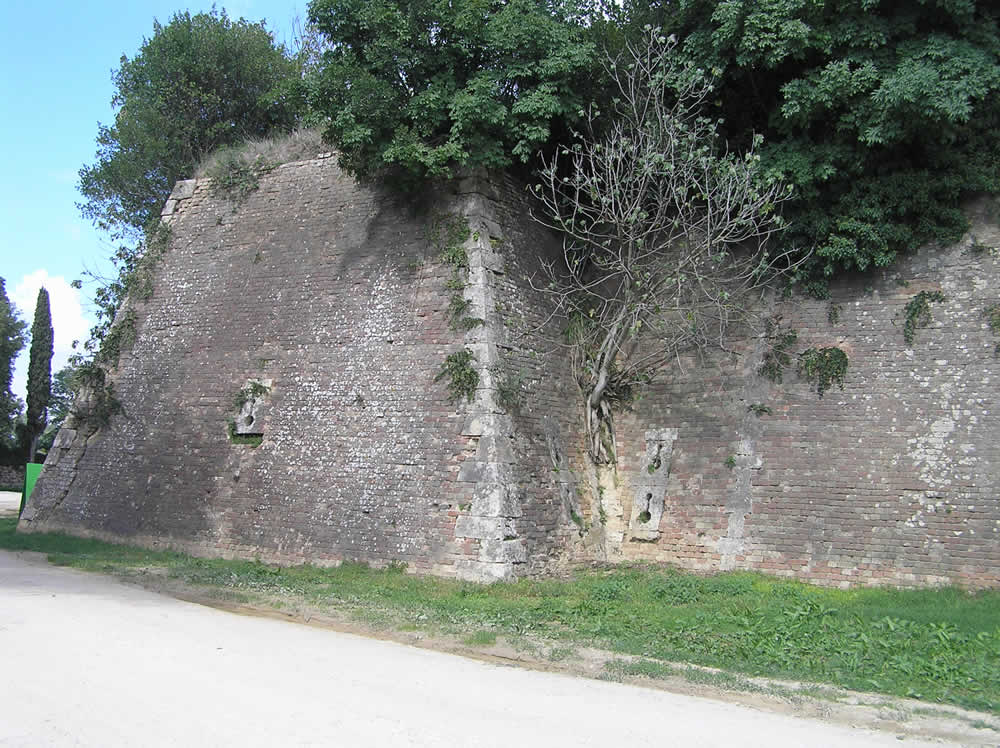
THE FORTRESS OF POGGIO IMPERIALE
After the destruction of Poggiobonizio, the town was again moved to the valley in the ancient Borgo Marturi, since then called Poggibonsi, the city was then part of the domains of Florence and was surrounded by walls. In 1488, by order of Lorenzo the Magnificent, on top of the hill where, in the past, was located Poggibonizio, work began to build the fortress of Poggio Imperiale, the vast fortress was never completed, due to the conquest of Siena and the loss of its utility, but what was done and that is visible even today allows us to admire this great military work, witnessed of the transition from the era of the swords to that of gunpowder, the fort was the work of Giuliano and Antonio da Sangallo.
In the lower part of the town are the church of San Lorenzo of the fourteenth century, the Praetorian Palace and the Collegiate. High on a hill overlooking the river Elsa is the Convent of San Lucchese, first camaldolese and then Franciscan. The monastery church preserves in part the original Romanesque appearance, the interior has some interesting frescoes of the 14th and 16th century. Before coming to the monastery, you should stop at the characteristic Fonte delle Fate, an architectural evidence of the old town of Poggio Bonizzo.
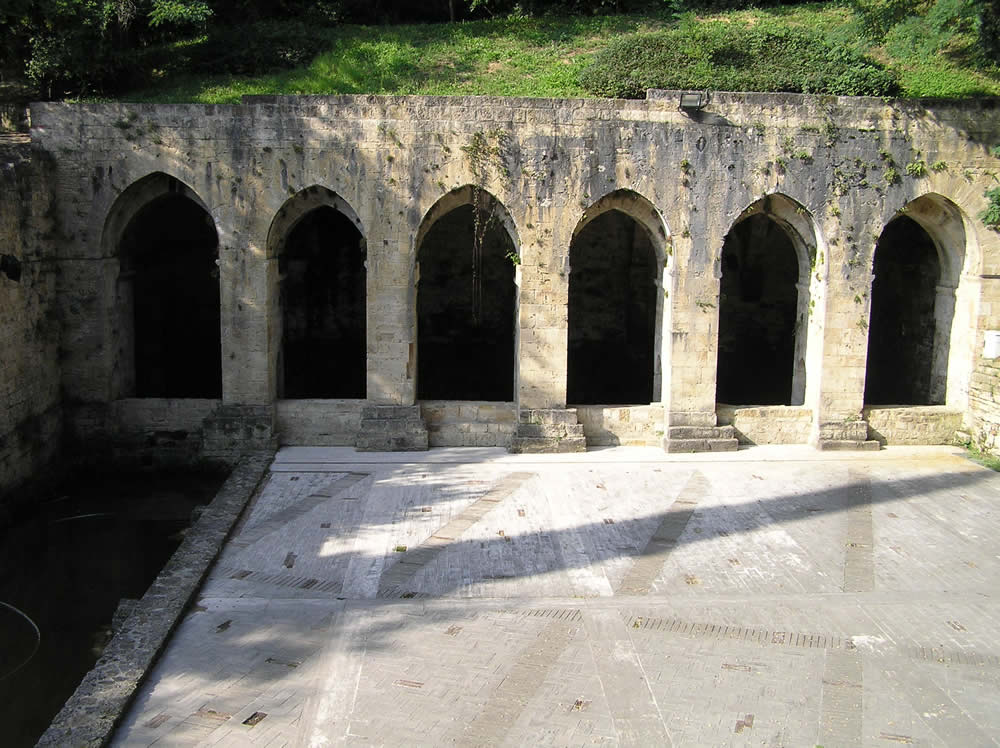
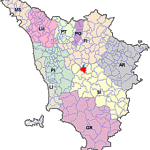
Despite its modern appearance, Poggibonsi has a very interesting Medici fortress to visit. For lovers of this type of architecture I recommend a stop of a few hours at the archaeological park of the Fortress of Poggio Imperiale.
Nearby Poggibonsi worth a stop the walled village of Staggia Senese with the adjoining castle.
[divider]
[divider]
USEFUL INFORMATION:
Weekly market in Poggibonsi: Tuesday.
Via Redipuglia (Hours: 7.00-14.00).
Weekly market in Staggia Senese: Saturday
Via del Pollaio (Hours 8.00-13.00)
Tourist Information Office – Poggibonsi
Piazza Mazzini, 6
tel. +39 0577 935113 – fax +39 0577 982509
BIBLIOGRAPHY
- AA. VV. “Toscana” Guide Rosse Touring Club Italiano, 2007
- Stopani Renato, Pietramellara Carla, Benvenuti Papi Anna, cur. Papi M. “La fonte delle fate a Poggibonsi” 1990, Firenzelibri
- cur. Francovich R., Valenti M. “Poggio Imperiale a Poggibonsi. Il territorio, lo scavo, il parco” 2007, Silvana
- cur. Valenti M. “Poggio Imperiale a Poggibonsi. Dal villaggio di capanne al castello di pietra” 1996, All’Insegna del Giglio
- Poli, Vittorio “Valdelsa Romanica” 1985, Nencini

